How To "Feel" Soil Is Ready To Plant – Easy Tests And Fixes
Getting up close and personal with your soil will make you a better gardener. Learn how to determine and amend its texture and moisture content through touch.
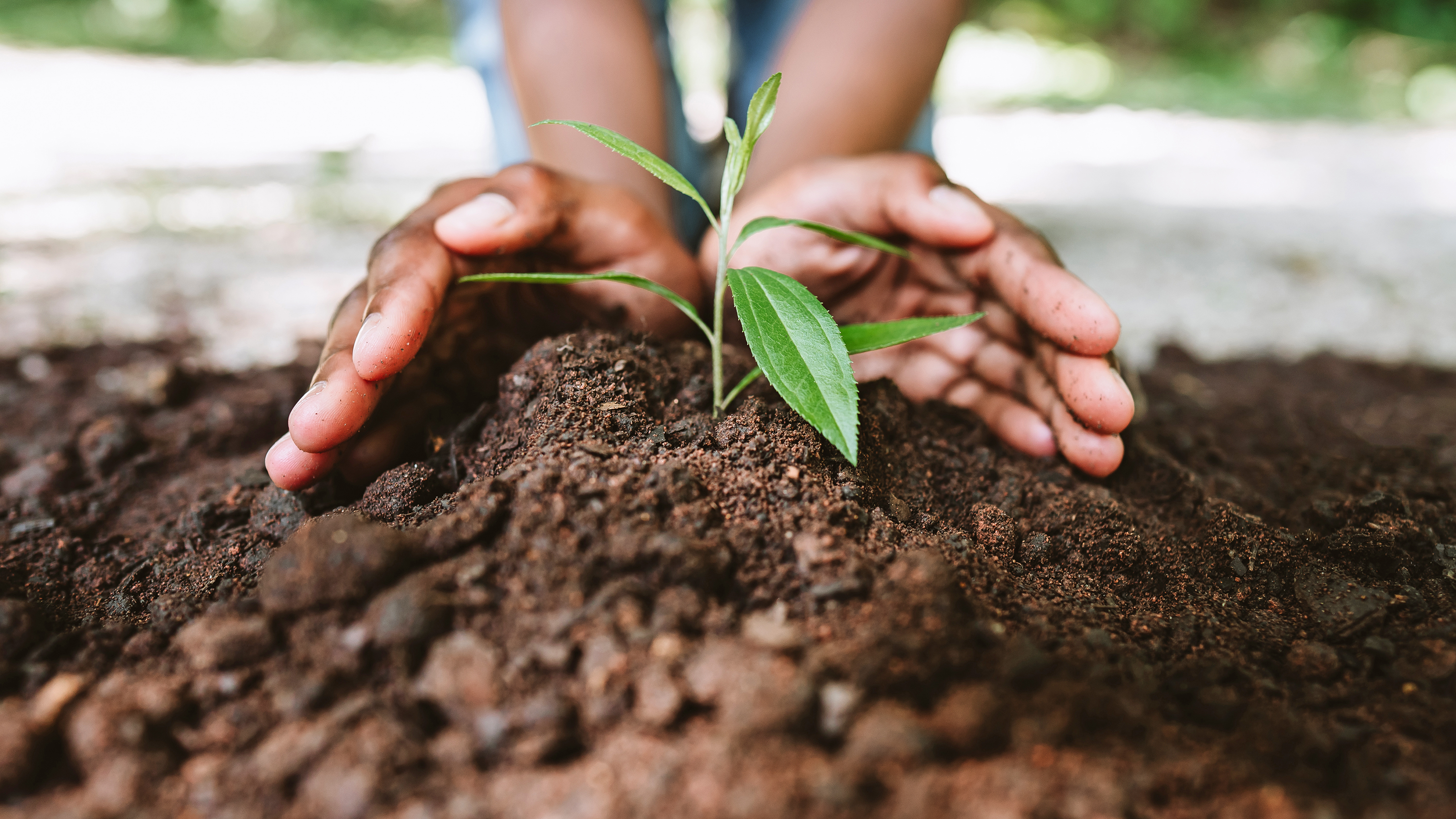

As all gardeners know, soil is an essential element of growing healthy plants. The type of soil you have in your garden depends on local conditions, and the soil you need depends on the plants you want to grow.
Getting soil right is crucial, so it’s important to really get into it. Use your hands and senses to familiarize yourself with your soil.
You can rely on soil testing kits, which can provide a lot of detailed information about your soil, but you can also tell a lot about it by touch.
Learn to feel your soil texture to determine if it’s ready for plants or if it needs any amendments first.
How to Determine Soil Texture By Feel
There are three basic soil types often described as textures:
- Clay is made of fine particles that pack together very tightly. It makes soil sticky, dense, and hard to dig into, while water and air penetration is difficult. Roots also struggle to penetrate clay. Clay soils typically have poor drainage. Some examples of plants that grow well in soils with clay include daylilies, asters, and cabbage.
- Loam is made up of clay, sand, and silt. This is an ideal type of soil for many plants because it is easy for roots to penetrate and grow through it. It allows water and air to access roots and retains moisture well. The only plants that don’t grow well in loam soil are desert species.
- Sand consists of gritty, large particles. Pure sand lacks organic material in other types of soil. Sandy-textured soil drains water very well. Cacti and succulents, and some herbs, like rosemary and lavender, grow well in sandy soils.
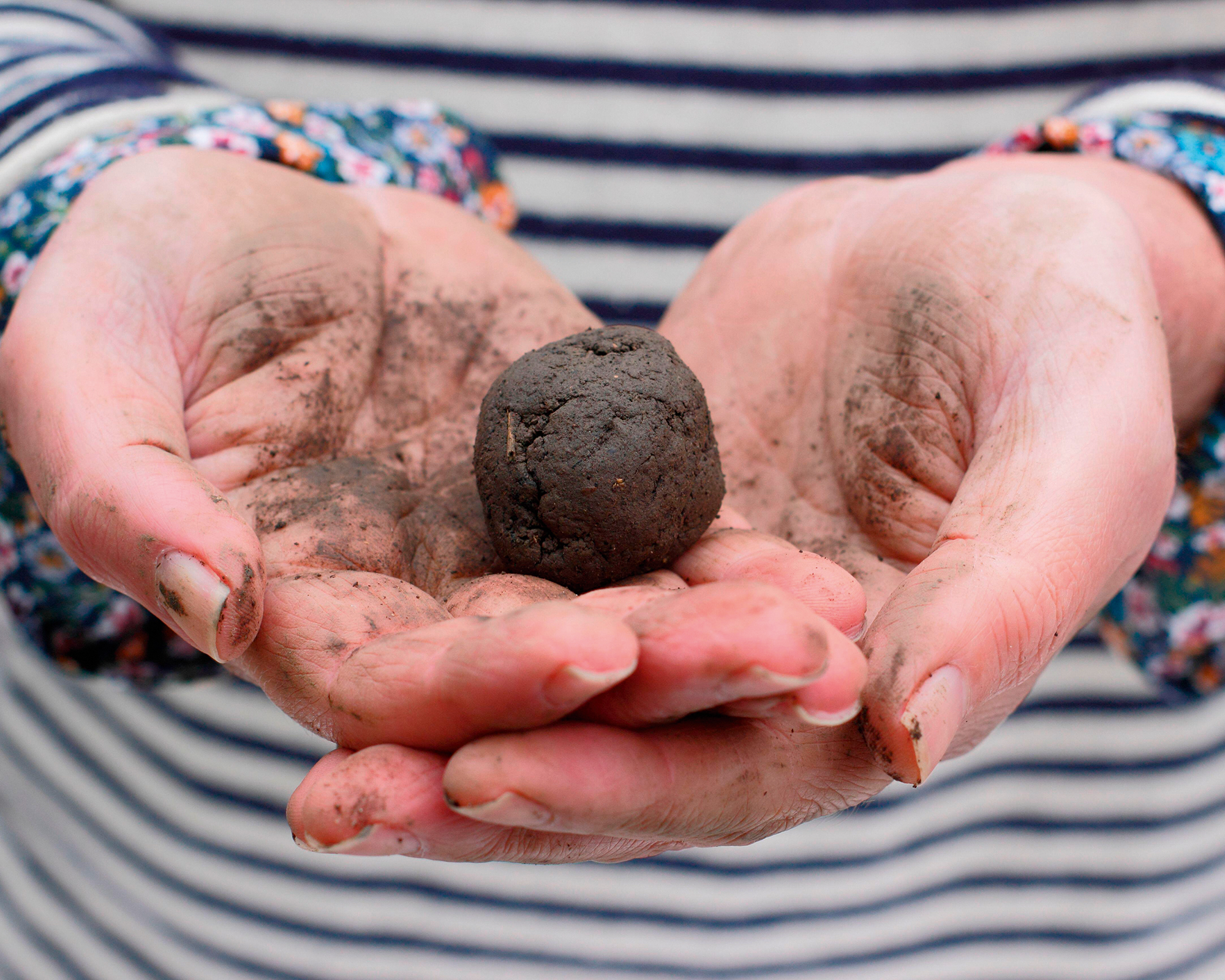
If you are gardening in a new area, you can get a rough idea of the soil texture with a touch test. Place a small amount of soil in your hand and add water drop by drop until you can knead it into a small ball. If a ball will not form, it’s mostly sand.
If you can get some degree of a ball to form, keep working it to determine texture and soil type. Squeeze the ball of soil into a ribbon shape. If it won’t form a ribbon at all, you have a loamy sand.
Gardening tips, videos, info and more delivered right to your inbox!
Sign up for the Gardening Know How newsletter today and receive a free copy of our e-book "How to Grow Delicious Tomatoes".
If a ribbon forms to a length of about one inch (2.5cm) before breaking, feel the texture of it to determine the primary composition:
- Sandy loam has a very gritty feel
- Silty loam feels very smooth
- Loam feels both gritty and smooth
If the ribbon gets longer – up to about two inches (5cm) – before breaking, you have one of these soil textures:
- Sandy clay loam feels very gritty
- Silty clay loam feels very smooth
- Clay loam feels both gritty and smooth
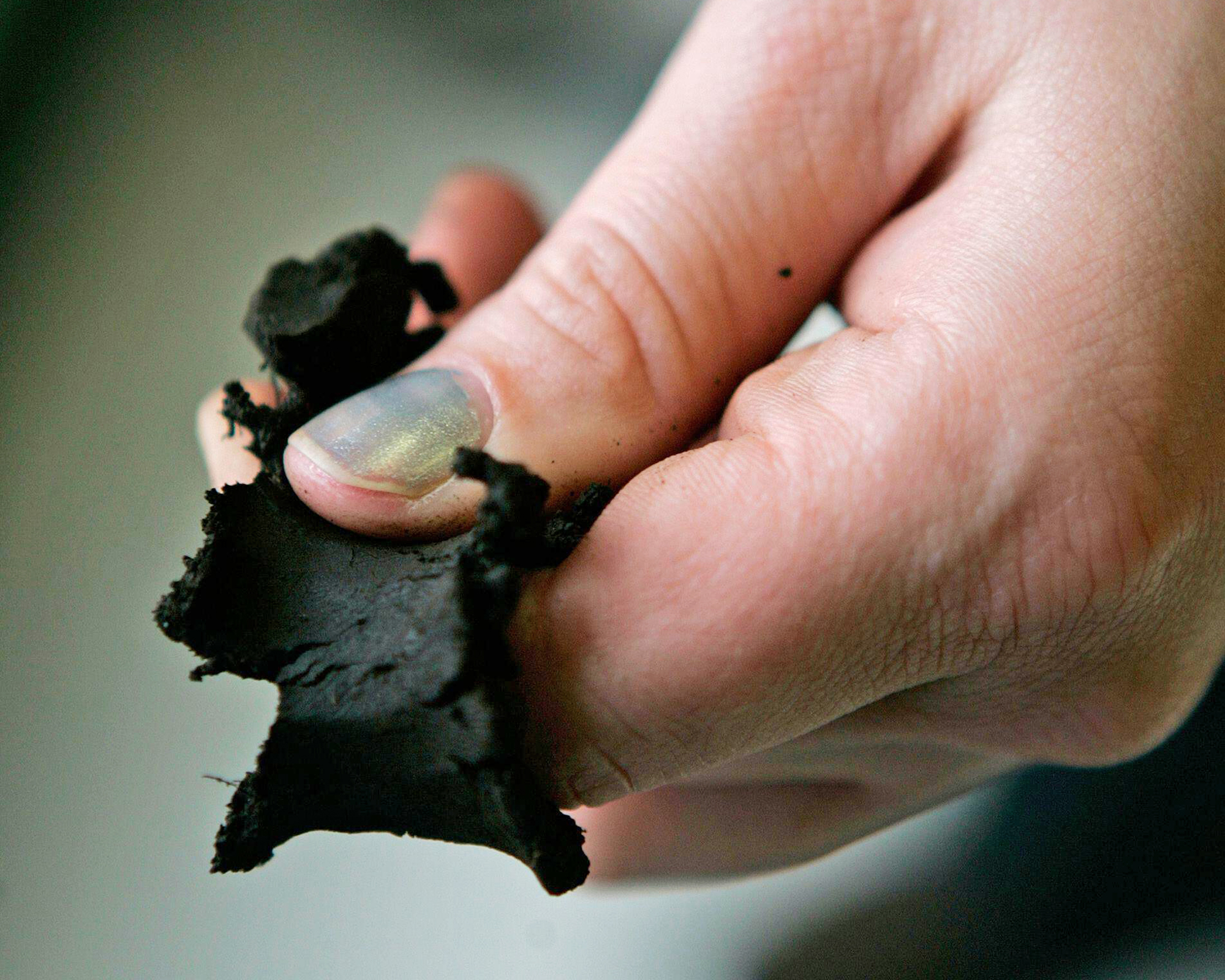
If you get a very strong ribbon of moist soil, you have one of these soil texture types:
- Sandy clay is very gritty
- Silty clay is very smooth
- Clay is neither overwhelmingly gritty nor smooth
Amending Soil Texture
Loam is the ideal soil texture for many plants, but you don’t need a perfect loam to get good results. Improving soil is necessary if you have extreme soil texture. For instance, if sand or clay predominate, you should amend it to get closer to loam. Of course, this depends on what you are planting, so know what type of soil your plants prefer.
Sandy soil needs amendments to add nutrients and water retention. Add organic material, like compost, and mix it well. This will add both nutrients and help the soil retain water better. You can also add sphagnum moss for water retention.
If you are planning ahead, you can grow cover crops in the fall and turn them into sandy soil in spring to improve texture and nutrients.
Amend clay-heavy soil to add nutrients and better drainage. As with sandy soils, organic material and compost will greatly improve the texture and nutrient content. Compost also lightens the soil. Resist the urge to add sand – it will not help amend clay soil.
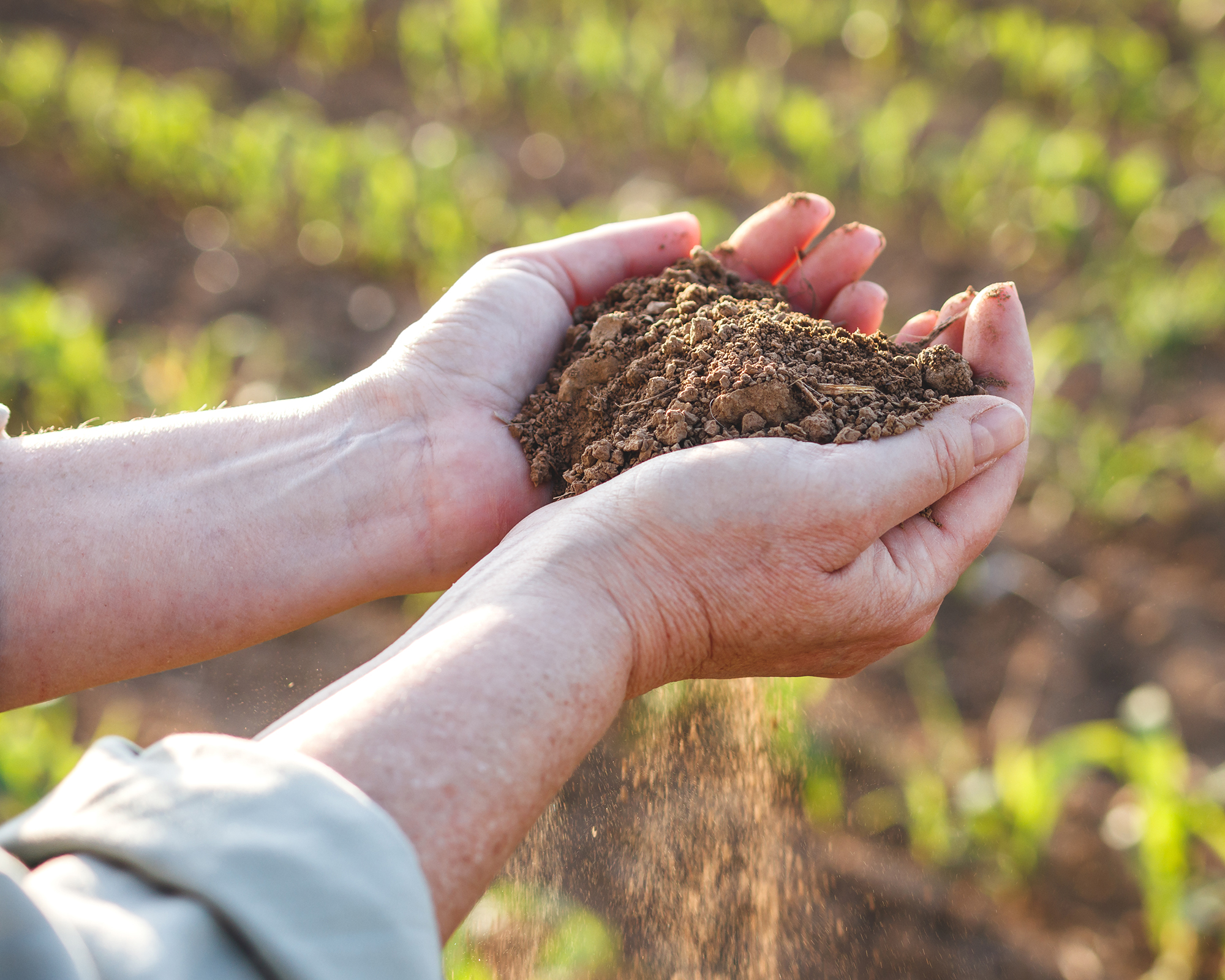
How to Feel Soil Moisture Content
Another important piece of information you can get from feeling soil is moisture content. Very dry soil should feel dry and will run through your fingers. Clay soils are very dry when they look baked or cracked.
Soil that forms a ball in your hand has an ideal amount of moisture in it. When squeezed, it should not release any more water, but it should leave moisture on your hand. If water comes out when squeezed, the soil is too wet. Clay soil that is too wet has puddles on the surface.
Amending dry soil is as easy as watering it. If the soil is too moist, let it dry out. If your soil is consistently too moist, you may need to change the texture to increase drainage. Low areas of the garden may always pool water without a drain and should be reserved for plants that tolerate standing water.
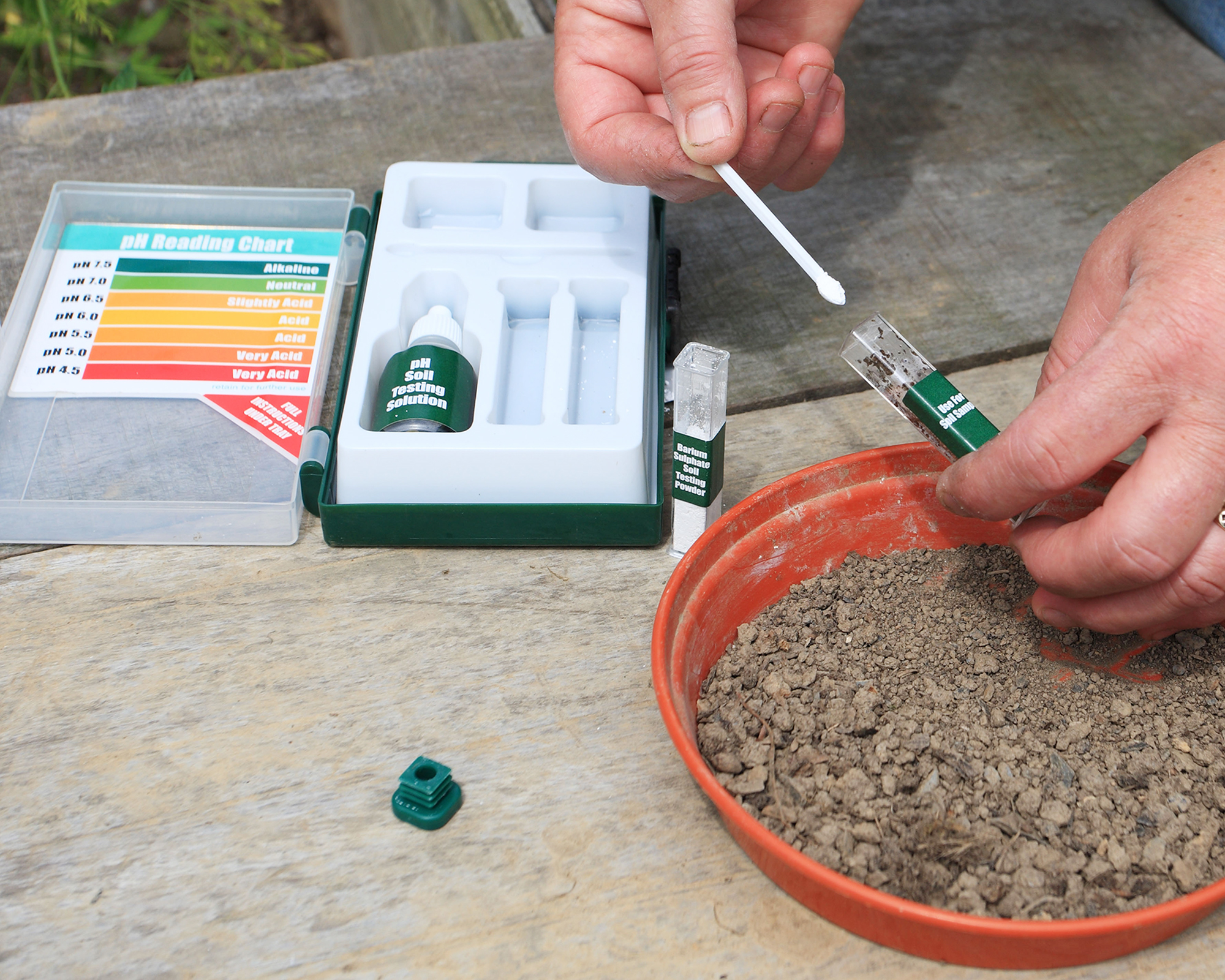
What Can You Not Learn About Soil By Feel?
With practice, you can get very good at determining soil texture and moisture content by touch. This information allows you to amend the soil to create better growing conditions. What you can’t feel in the soil is nutrient content.
To learn about the nutrient profile of your soil, you need a test kit. You can order tests through your local county extension office. They will send you the test kit with instructions for collecting and returning a sample. They will then provide results with recommendations for amendments and how to make them.
Get to know your soil on a more personal level to become a better gardener. Soil is what your plants grow in, so getting the texture, moisture, and nutrients right is essential.

Mary Ellen Ellis has been gardening for over 20 years. With degrees in Chemistry and Biology, Mary Ellen's specialties are flowers, native plants, and herbs.
-
 Looking For Plants To Give You The Soft And Fuzzies? Try These 5 Fuzzy Leaf Plant Options
Looking For Plants To Give You The Soft And Fuzzies? Try These 5 Fuzzy Leaf Plant OptionsLovers of texture, drama, silver foliage and tactile plants will adore these special sensory garden additions. These fuzzy leaf plant options will leave you all aglow
By Susan Albert
-
 Get Ready For A Summer Of Hummers! Grow These Full Sun Hummingbird Plants and Flowers
Get Ready For A Summer Of Hummers! Grow These Full Sun Hummingbird Plants and FlowersIf you’re lucky enough to enjoy a sunny backyard, make sure you are maxing out on your pollinator opportunities and grow these full sun hummingbird plants and flowers
By Tonya Barnett